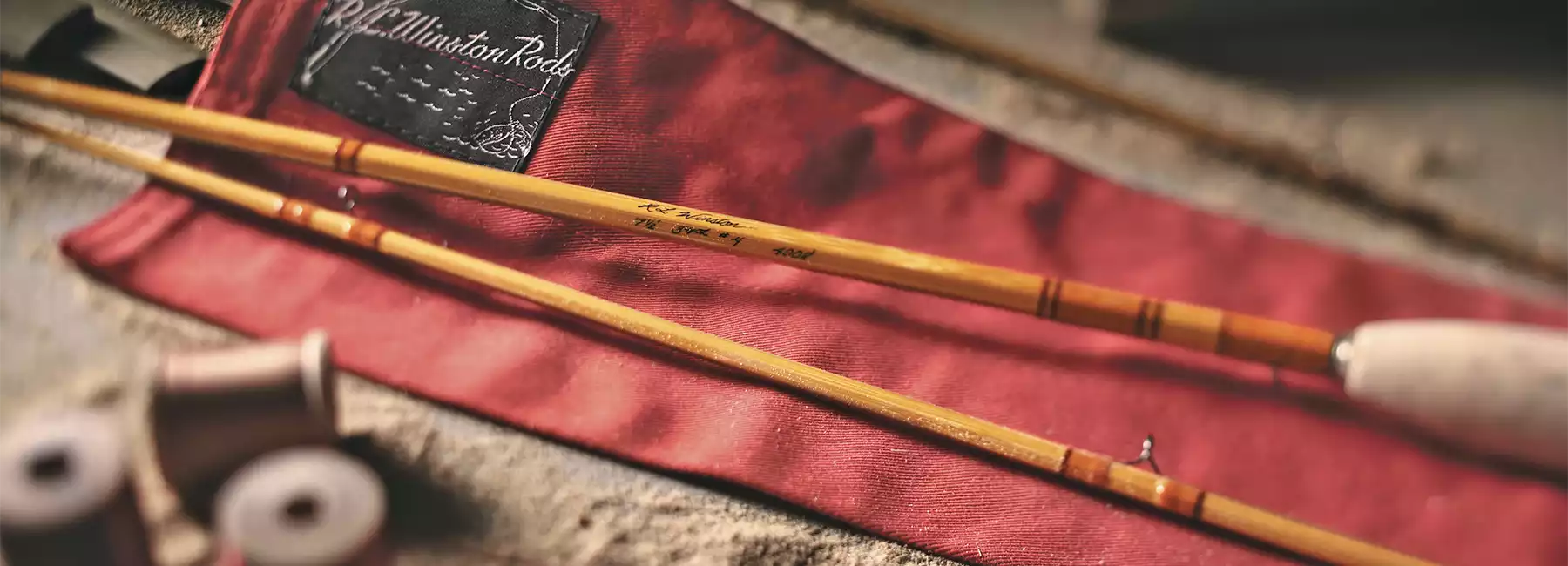Winston Bamboo
The History of Winston and Bamboo
by Terry Jepsen
I’ve worked at The Fly Shop®, or at least been a part of it since I was 14 years old…I’m 51 now. When I started, the majority of fly rods were made of fiberglass. Graphite fly rods, which were just coming out, were only talked about and were way out of my price range. My first rod was a J. Kennedy Fisher 9’0” 6/7 weight, fiberglass, 2-piece fly rod. Those days have long since changed, and we now see a proliferation of 4-piece, high-modulus graphite rods. I didn’t even know what came before fiberglass until I was much older. At some point I heard people talking about bamboo rods, a concept completely foreign to my young mind. When I thought of bamboo rods I thought of National Geographic and seeing villagers using plain bamboo with a line tied onto the end. This couldn’t possibly be what people were talking about.
I started asking questions of those who I thought might know more about bamboo rods. I was fortunate to have so many knowledgeable anglers around me, people such as Mike Michalak and Mike Mercer. These fly fishing hall of fame inductees were my mentors in the sport and I’m not sure I could’ve had better. I soon learned that bamboo had a rather famous legacy in fly fishing, and that we worked with two manufacturers that had strong bamboo programs, Winston and Scott fly rods (both of whom were originally California based companies). Today we’re here to talk about Winston and their history.
The Winston History of Winston Bamboo
Winston started making rods in 1929 in San Francisco, California. The owners, Robert Winther and Lew Stoner, purchased the Keene Boat Rod Company and formed Winther-Stoner Manufacturing, later renamed R.L. Winston Rod Company. During this time they were mostly making solid boat rods.
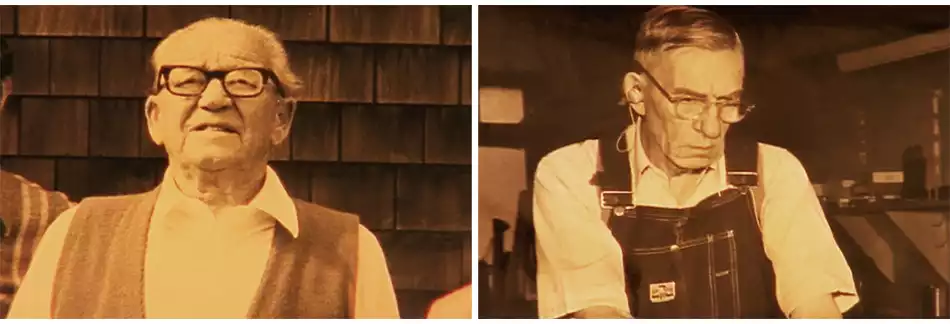
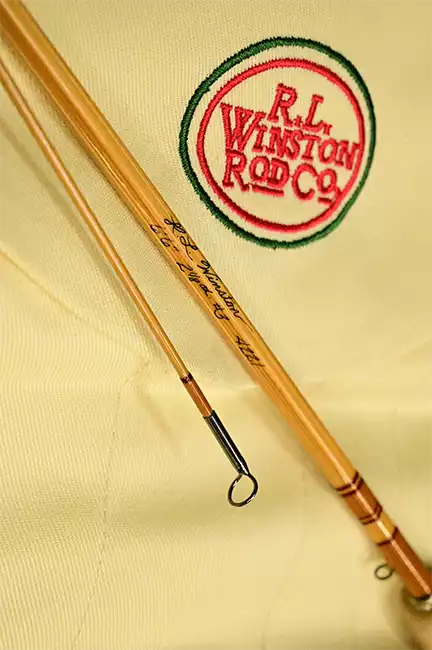
In 1933 Robert sold his shares of Winston Rod Company to Red Loskot. Red, a member of the Golden Gate Casting Club, came to the shop as an employee in 1933 after purchasing Winther’s side of the company. The next year Lew Stoner developed the ground-breaking hollow-fluted fly rod. This invention would bring the attention of tournament casters as well as fellow anglers. The hollow flute allowed for the creation of a lighter and more powerful rod. In 1936, Primo Livenais broke the world record with a 623-foot cast made with a Winston surf rod. Two years later Marvin Hedge broke the record by 36 feet while also using a Winston rod. During this time Stoner also introduced a line of light trout rods referred to as the “Leetle Fellers” by angling author Peter Shwab. Winston soon became a name known well for its amazing fishing rods.
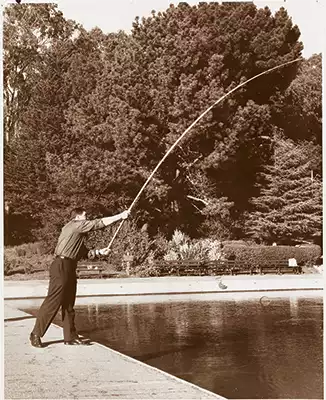 After returning from the World War II Air Corps in 1945, Doug Merrick came to Winston looking to buy a rod. Instead he found a job and began working at the company. A few years later, in 1953, Doug purchased Red’s share of the company. Lew would begin experimenting with different materials for rod building in the early 50’s, bringing in a line of fiberglass rods. In 1957 Doug became the sole owner of Winston after Lew Stoner suddenly passed away. Doug kept the tradition of innovation and craftsmanship alive at Winston. He received a medal for “Outstanding work and knowledge pertaining to split bamboo rods”, presented to him in 1967 by Charles Ritz, a renowned angler and president of the International Fario Club in Paris.
After returning from the World War II Air Corps in 1945, Doug Merrick came to Winston looking to buy a rod. Instead he found a job and began working at the company. A few years later, in 1953, Doug purchased Red’s share of the company. Lew would begin experimenting with different materials for rod building in the early 50’s, bringing in a line of fiberglass rods. In 1957 Doug became the sole owner of Winston after Lew Stoner suddenly passed away. Doug kept the tradition of innovation and craftsmanship alive at Winston. He received a medal for “Outstanding work and knowledge pertaining to split bamboo rods”, presented to him in 1967 by Charles Ritz, a renowned angler and president of the International Fario Club in Paris.
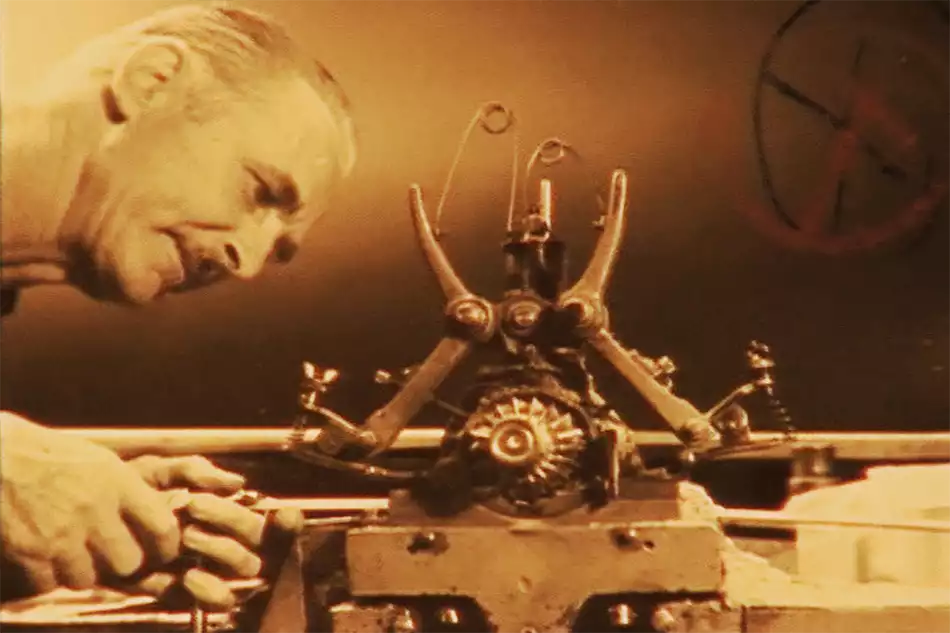
In 1973 a young guide and angler named Tom Morgan came to San Francisco from the town of Ennis, Montana, and purchased part of the company. A year later Glenn Brackett joined the company. In 1976 the two partnered and purchased the company from Doug, who retired. Tom and Glenn decided to move the company to its current home in Twin Bridges, Montana, to be near the world-class rivers located nearby. The little shop based in an even smaller part of the world was making larger and larger impacts on the fishing industry. Tom was a master craftsman of both bamboo and graphite rods, designing some of the legendary classic graphite rods Winston is well known for, such as the Tom Morgan Favorite. His ethics on rod building have made a truly lasting impact on the standards used to this day.

In 1991, the year I graduated from high school, David Ondaajte purchased the company from Tom and Glenn and helped create the new facility housing graphite production in 1995. The original building became the Winston bamboo shop. In the early 2000’s Bob and Annette Mclean began to take up the mantle of bamboo rod building. Bob is an avid angler and a master craftsman in his woodshop. He learned much from his mentor Tom Morgan in the art of rod building. Annette was the rod designer and vice president of operations for Winston for many years. Creating some of the most well known Winston rods, such as the B3X, Air, and Pure series of rods. The main focus of beauty and performance remains a top priority. Even through all the changes of the last 95 years.

Sadly in 2017 the old building burned down. Along with many pieces of Winston’s history. Later the next year Winston would purchase a new building in town from Glenn Brackett (former owner of Winston). This is the current home of Winston’s bamboo rod production. Bob and Annette worked hard to rebuild what was lost in the fire and continued the legacy of the worlds finest fly rod. Much of the new benches and tools Bob built himself to replace what was lost in the devastating fire. With the new shop opening up in 2019, Winston was again able to welcome in those who come to see how these beautifully crafted rods are made.
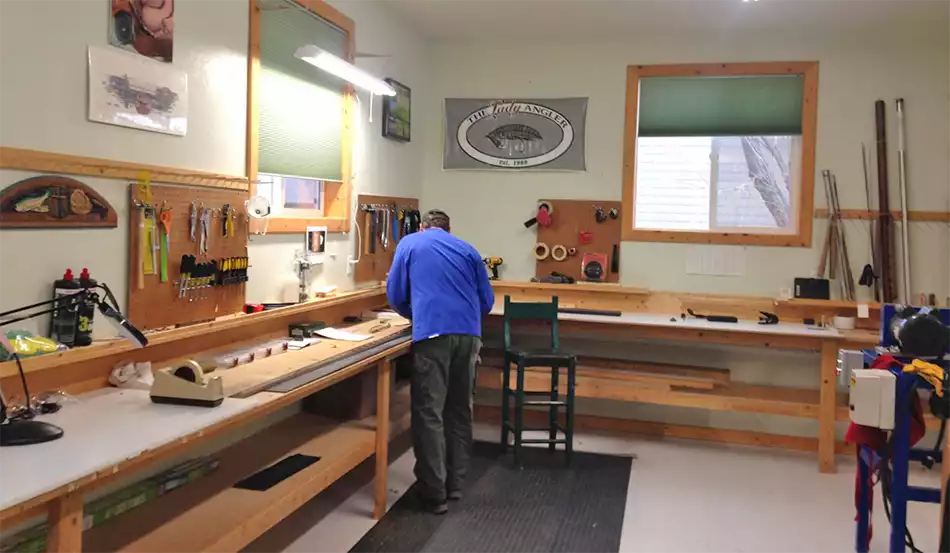
* All history on this blog post was provided by R.L. Winston Rod Company and their staff.
I always wondered where the R.L. Winston came from. It is from Robert and Lew, the original owners. As one can see, Winston has had a long and important history in fishing rods, beginning as the Keene Boat Rod Company in the late 1920’s, and eventually becoming the company that creates some of the finest fly fishing rods in the world today. But we aren’t here to talk about everything Winston, so I’m bringing it back to our subject, Winston bamboo.
For those that choose to make such an investment, there isn’t a better bamboo fly rod to own and fish.

| Winston Bamboo Fly Rods | ||||
| Model | Line | Length | Sections | Price |
| B703 | 3 | 7’0″ | 2 | $3,500 |
| B703 | 3 | 7’0″ | 3 | $4,000 |
| B764 | 4 | 7’6″ | 2 | $3,500 |
| B764 | 4 | 7’6″ | 3 | $4,000 |
| B805 | 5 | 8’0″ | 3 | $4,000 |
| B865 | 5 | 8’6″ | 3 | $3,500 |
This article certainly isn’t trying to give a full, detailed history of Bamboo fly rods. We are just touching on this history for R.L. Winston Rod Company. If you would like to learn more about the history of Bamboo, we would recommend the following books:
- Classic Bamboo Rodmakers Past & Present
- The Lovely Reed: An Enthusiast’s Guide to Building Bamboo Fly Rods
- Classic Rods and Rodmakers
- The Sporting Craftsmen
- The Complete Fisherman’s Catalog
I’m sure there are many other great books and articles out there on Bamboo and it’s history. If you have a suggestion for an added piece of literature please let us know.
